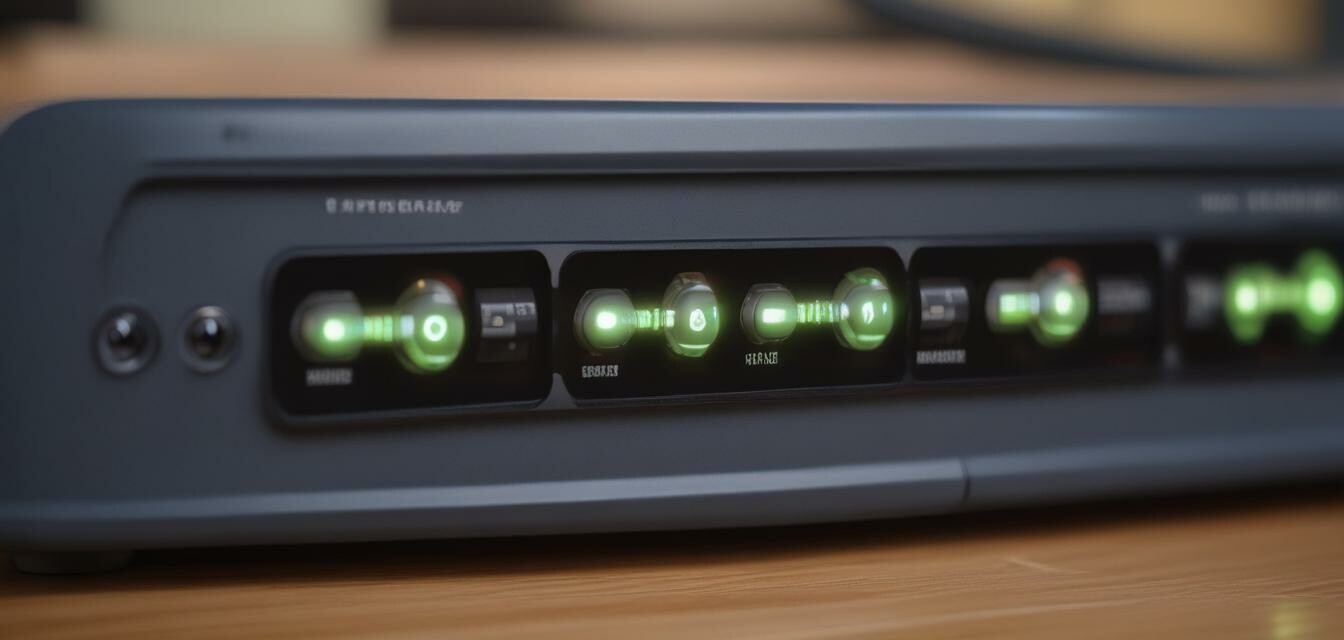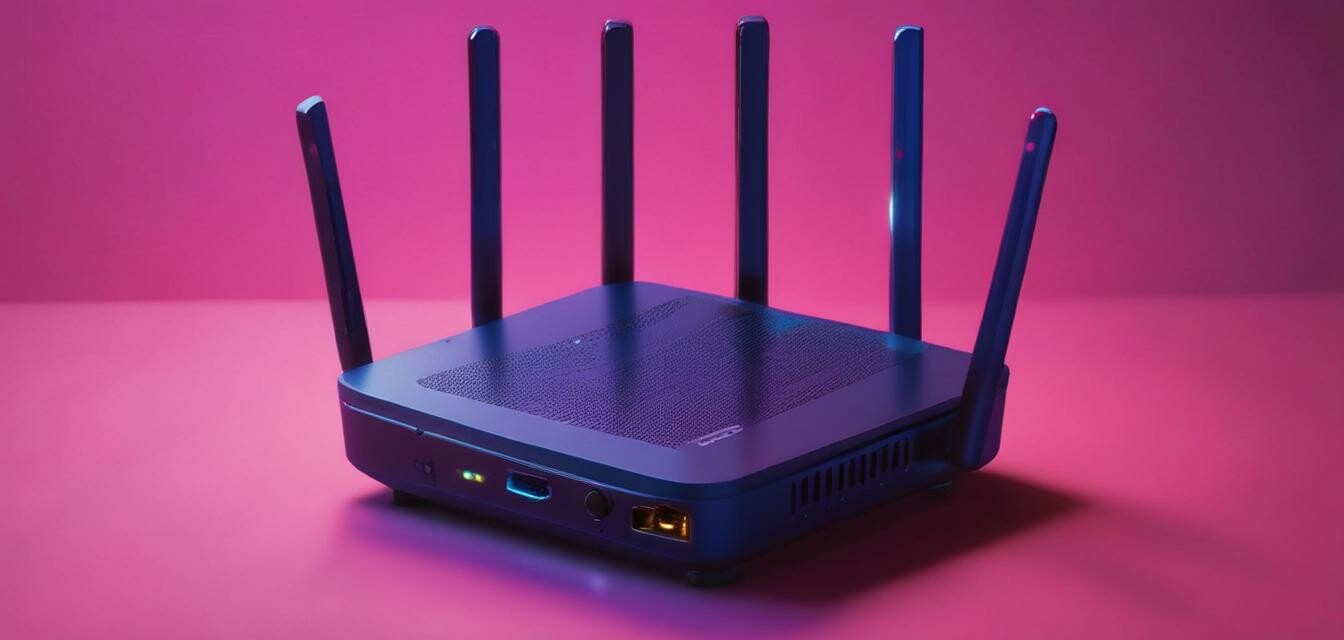
Understanding Internet Speeds
In today’s digital world, understanding internet speeds is crucial for making informed decisions about your home or business internet needs. Internet speed affects everything from streaming your favorite shows to downloading large files, so knowing the ins and outs can help you maximize your online activities.
Key Takeaways
- Internet speed is measured in megabits per second (Mbps).
- Higher speeds are vital for activities like gaming, streaming, and video conferencing.
- Various factors can impact internet speed, including your router and network congestion.
- Understanding your needs will help you choose the right broadband plan.
What are Internet Speeds?
Internet speed refers to how quickly data is downloaded or uploaded from the internet to your device, measured in megabits per second (Mbps). Here’s a breakdown of common internet speed categories:
| Speed Category | Description | Usage Examples |
|---|---|---|
| 1-5 Mbps | Basic browsing and email | Checking emails, light browsing |
| 5-25 Mbps | Standard streaming | Streaming in SD, video calls |
| 25-100 Mbps | High-definition streaming | Streaming in HD, multiple users |
| 100+ Mbps | Heavy usage | Online gaming, 4K streaming |
Factors Affecting Internet Speed
An understanding of internet speeds is incomplete without recognizing the various factors that can influence them:
1. Network Congestion
During peak usage times, your internet speed may slow down significantly because many users are online simultaneously.
2. ISP Throttling
Some Internet Service Providers (ISPs) may reduce your speed based on your current usage or type of content being accessed.
3. Hardware Limitations
Your modem, router, and other networking devices can limit the speeds you experience if they are outdated or not high-quality.

Checking Your Internet Speed
To ensure you're getting the internet speed you're paying for, follow these steps:
- Choose a reliable speed test site such as Speedtest by Ookla or Fast.com.
- Make sure no other devices are using the internet during your test.
- Run the speed test several times at different times of the day for accurate results.
Choosing the Right Internet Plan
When selecting an internet plan, consider your household's activity level:
| Usage Type | Recommended Speed | Recommended Options |
|---|---|---|
| Casual Browsing | 1-5 Mbps | Basic plans |
| Streaming and Gaming | 25-100 Mbps | Mid-tier plans |
| Smart Home and Telecommuting | 100+ Mbps | High-speed plans |
Router and Modem Considerations
Choosing the right equipment can also enhance your internet experience:
Beginners Section
If you're just starting out, consider these tips:
- Invest in a quality modem that supports higher speeds.
- Upgrade your router to one that can handle multiple devices effectively.
- Consider a mesh Wi-Fi system if you have a large home.

Conclusion
Understanding internet speeds is essential for selecting a suitable broadband plan that meets your family's needs. By checking your current speeds and comparing plans, you can find the right balance of performance and value.
Pros
- Enhanced online experiences with high-speed plans.
- Improved performance during peak usage times.
- Better support for smart home devices.
Cons
- Higher costs associated with premium speeds.
- Issues with ISP throttling can degrade performance.
- Compatibility problems with outdated hardware.









